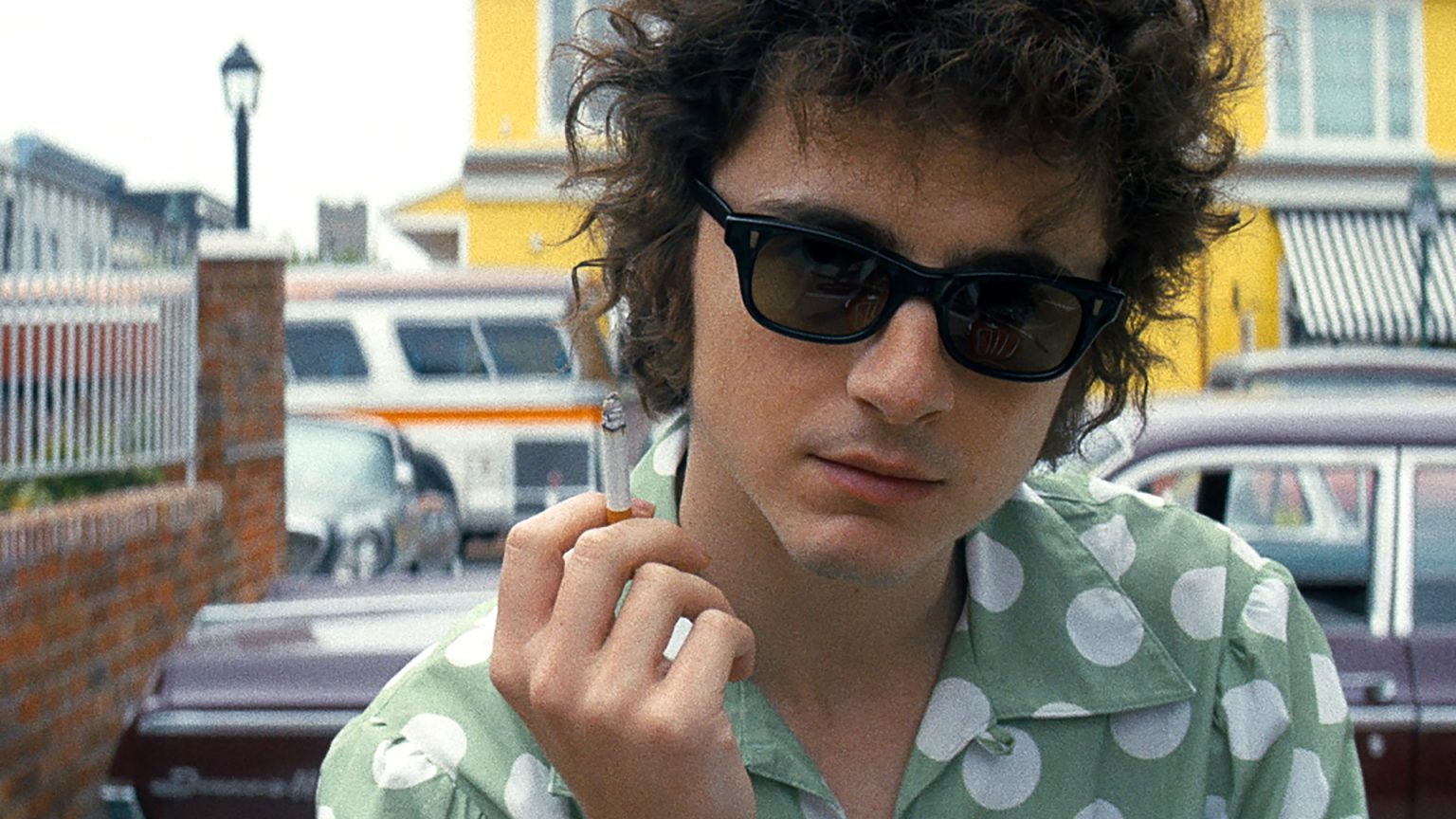James Mangold, the director behind the Bob Dylan biopic A Complete Unknown, embarked on a journey to understand the enigmatic artist’s pivotal transition from folk icon to rock revolutionary. Central to this endeavor was securing Dylan’s cooperation, a feat Mangold achieved in 2020 amidst the Covid-19 pandemic. Initial meetings took place in a deserted Santa Monica coffee shop, where the director found Dylan surprisingly open and engaging. Mangold emphasizes that his agenda was purely to explore the story truthfully, a sentiment that seemingly resonated with Dylan. This initial connection laid the groundwork for a collaborative relationship, fueled by mutual respect and a shared passion for authentic storytelling.
The film traces Dylan’s trajectory from his arrival in New York City in 1961, penniless but brimming with raw talent, to his controversial "electrification" at the 1965 Newport Folk Festival. This period captures Dylan’s rapid ascent within the folk scene, followed by his abrupt departure, a move that alienated many but cemented his image as a restless artist, constantly seeking new avenues of expression. Mangold likens Dylan’s journey to a line from his song Tangled Up In Blue, highlighting the artist’s continuous reinvention and his aversion to being pigeonholed. The director notes Dylan’s tendency to build a world, only to abandon it once it becomes too familiar, a pattern that becomes a recurring motif in the film.
Mangold, whose previous work includes the acclaimed Johnny Cash biopic Walk the Line, found that his experience with Cash instilled confidence in Dylan. Their shared admiration for Cash, coupled with Dylan’s appreciation for Mangold’s previous films, fostered a sense of trust. This affinity is further exemplified by an anecdote about securing rights to Dylan’s song It Ain’t Me Babe for Walk the Line. Dylan’s gesture of accepting the same minimal fee as Cash demonstrated a sense of artistic solidarity and respect, setting a precedent for the rest of the film’s music licensing. This ethos of mutual respect and artistic integrity, Mangold believes, permeates A Complete Unknown.
Adapting Jay Cocks’s screenplay, based on Elijah Wald’s book Dylan Goes Electric, Mangold delved deeper into Dylan’s personal relationships, particularly with his girlfriend Suze Rotolo (renamed Sylvie Russo in the film for privacy reasons) and fellow musicians Joan Baez and Pete Seeger. Dylan and his management had already optioned Wald’s book, recognizing its potential to capture a crucial period in his life. Mangold’s involvement was further facilitated by Dylan’s apparent comfort with the project’s focus on music, rather than delving into more personal aspects of his life. The director emphasizes that the meetings with Dylan were less about correcting factual errors and more about capturing the emotional nuances of the period, recognizing the difficulty of accurately recalling motivations from decades past.
Dylan’s input extended to providing notes on the script, offering creative suggestions rather than corrections. He even added lines to a scene between Dylan and Sylvie, effectively participating in the creative process. Crucially, Dylan shared his feelings about the loneliness of being a solo performer, a sentiment at odds with his public image as a confident and self-assured artist. Mangold highlights the irony of Dylan achieving immense success as a solo act, despite harboring a lifelong desire to be part of a band, a yearning stemming from his teenage admiration for rock ‘n’ roll icons like Little Richard and Elvis Presley.
The film culminates with Dylan’s electrifying, and ultimately divisive, performance at the 1965 Newport Folk Festival. The scene captures the audience’s outrage at Dylan’s embrace of electric instruments, with legendary folk singer Pete Seeger famously threatening to cut the microphone cable. Mangold portrays this moment with a blend of factual accuracy and dramatic license, including a scene with Seeger eyeing a row of axes, a humorous touch for Dylan aficionados. The director emphasizes the emotional toll this experience took on Dylan, particularly given his already complex relationship with his fans. The incident underscored the artist’s vulnerability, despite his growing fame and influence.
A Complete Unknown strategically places Dylan’s music at the forefront, with Timothee Chalamet performing a range of songs written between 1961 and 1965. From protest anthems like Blowin’ in the Wind to introspective ballads like Don’t Think Twice, It’s All Right, the film showcases the breadth and depth of Dylan’s early songwriting. Mangold discusses how arranging the songs chronologically alongside the unfolding events of Dylan’s life offered new insights into their meaning. He challenges the notion of Dylan as an enigma, arguing that his prolific output makes him remarkably transparent. Rather than being mysterious, Mangold suggests, Dylan uses his songs as a form of self-expression, offering a window into his thoughts and feelings. The film’s title, A Complete Unknown, ultimately reflects the moments when Dylan himself likely felt lost and adrift, a sentiment that resonates with his restless spirit and his constant pursuit of new creative horizons.




